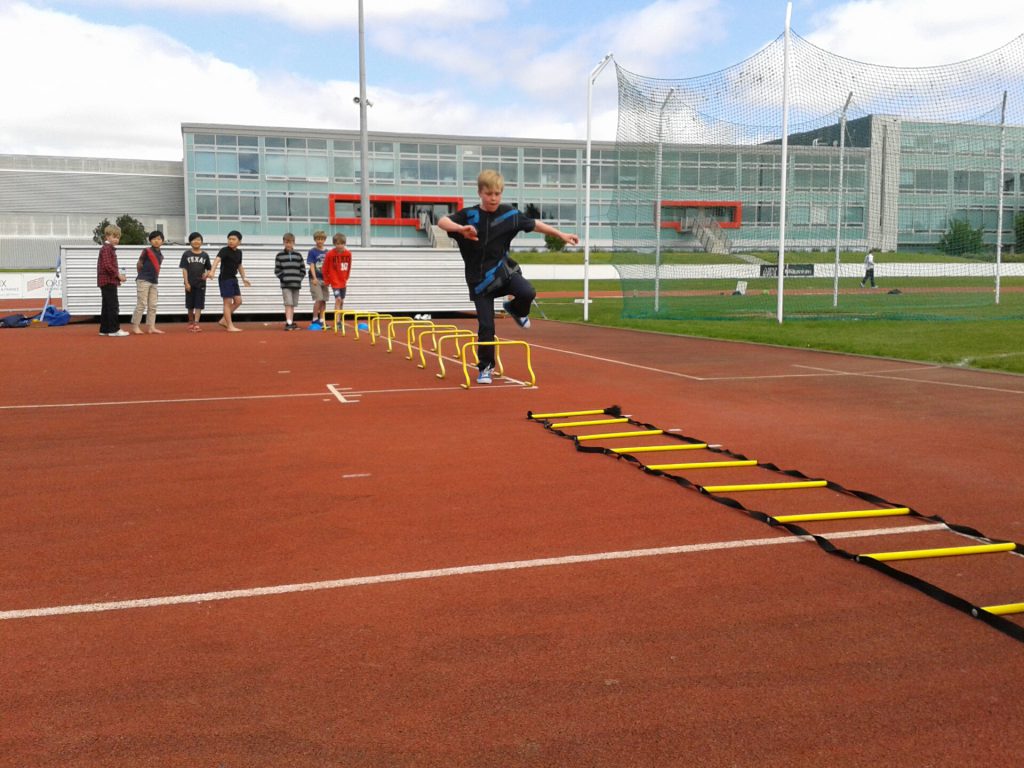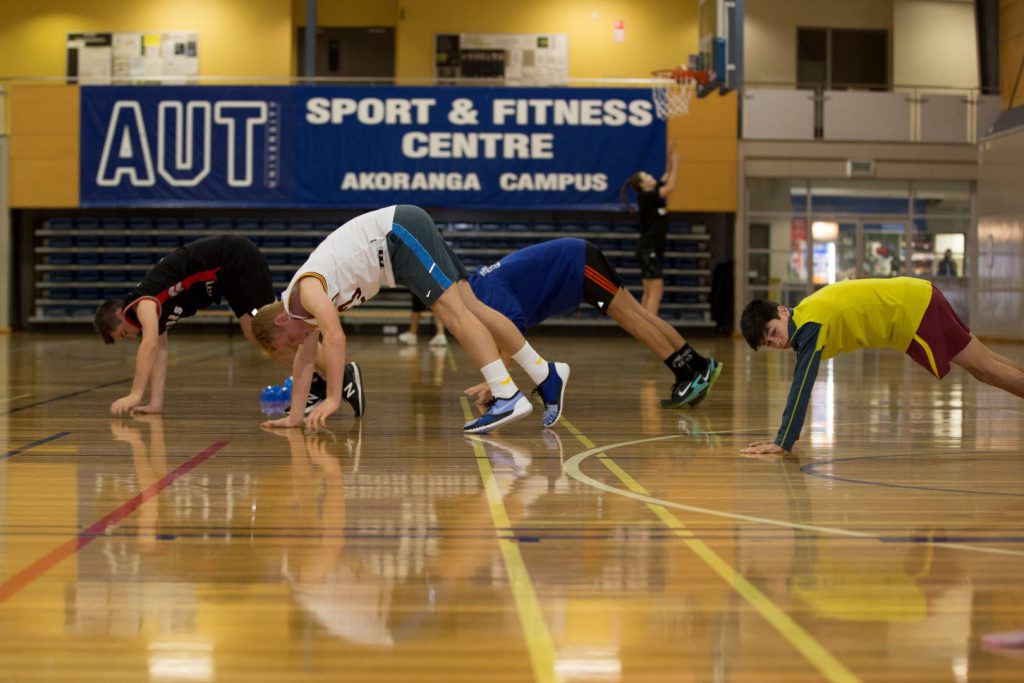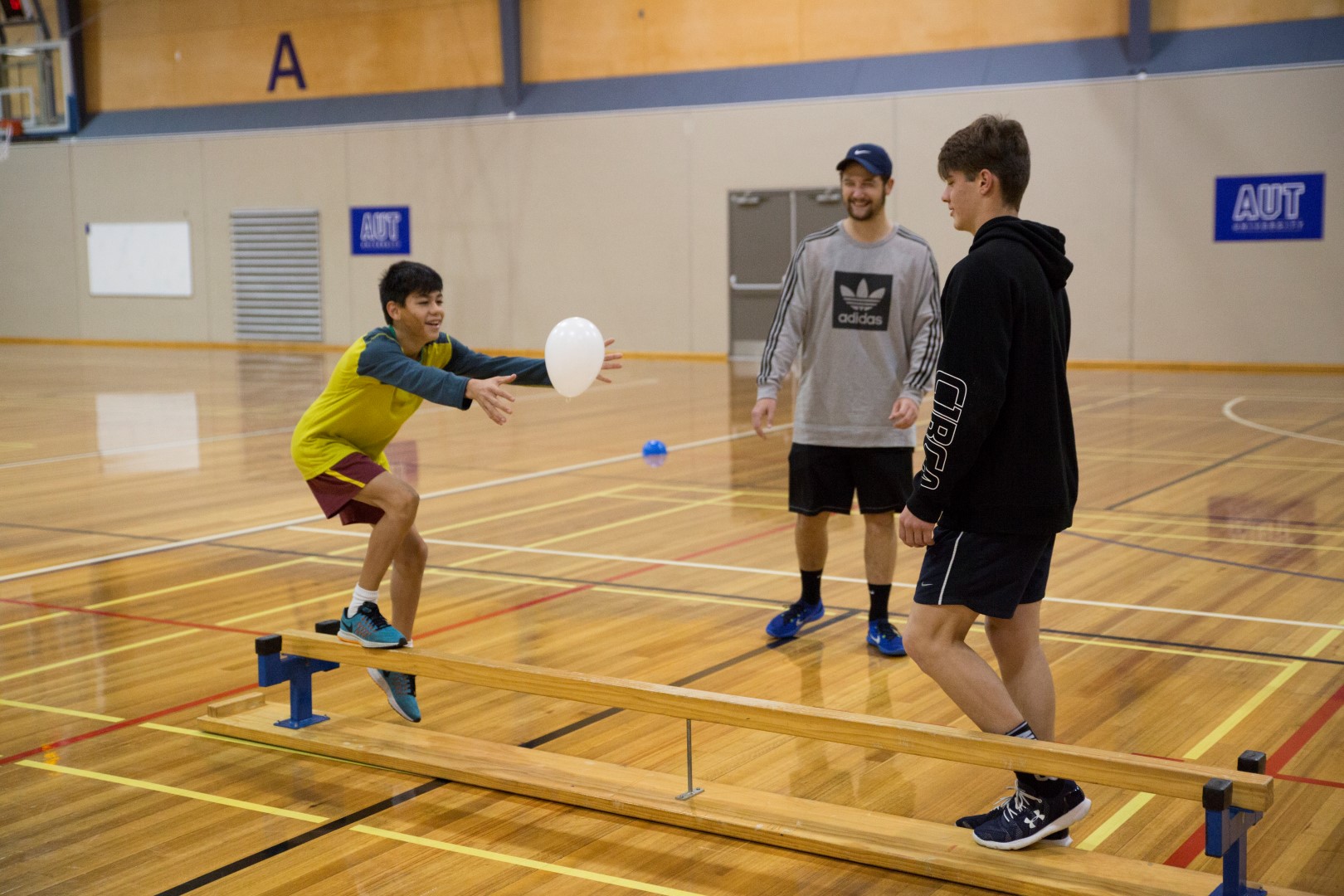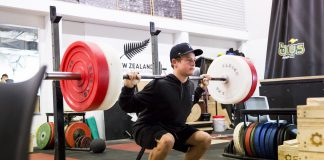Aerobic fitness is crucial for team sport players. It helps you produce ‘game-defining’ high-intensity efforts, and to sustain these efforts for the duration of a match. And one of the best ways to get fit is to run. You can go at a slow pace for a long period of time, or crank the intensity right up and run intervals.
But while there are no doubts running works, most young athletes find it boring, and so struggle to stick at it.
That’s why, when it comes to developing fitness, a more motivating training environment is useful.
The Benefits of Games
Ask any young athlete what they love to do most in training, its play games, which is not surprising. Humans are social animals – we love interacting with others to achieve a shared objective, like score a goal, or win the game. What’s more, we crave acceptance. And being part of a team is a great way to satisfy this fundamental human need.
Games are being used more and more by coaches in training to develop the technical and tactical elements specific to their sport. Most often, these are scaled down versions of the game played in competition.
But here’s the thing.
The research I did on young players showed that games can also provide an ideal environment for developing your fitness – as long as they’re structured appropriately. So not only can games make you fitter, but you also get to accumulate precious hours of technical skill, and learn how to make good decisions and solve problems under fatigue.
 5 Great Ways to Modify Games to Improve Your Fitness
5 Great Ways to Modify Games to Improve Your Fitness
- Play Continuously and Keep Moving
It sounds simple, but it’s harder to do than you think. The key element when developing fitness with games is intensity. You need to keep it high (i.e., 95% of your heart rate max) for the longest time possible. Every time you slow down or stop, your heart rate drops, which means less cardiovascular load on your heart and lungs.
Here are a couple of tips to help keep your intensity high:
- Place extra balls around the side-lines, so when one goes out, you can easily grab another and get straight back into it.
- Add rules that encourage you to move the ball, or your body, all over the field or court before being allowed to score a goal.
Aim to play for 12-15 minutes without stopping.
2. Reduce Playing Numbers
Fewer numbers on each team means you have to move more, which keeps your intensity high. Three versus three games work the best, but make sure to keep the field or court area you’re playing on relatively big – 25 x 35 meters works well.
3. Play Non-Sport-Specific-Games
Regardless of your sport, play simple, less technical games. You don’t want the intensity to drop because the ‘flow’ of the games diminishes. This can happen when the rules are too complicated, or the skills of the game are too challenging for those who are playing
4. Select Balanced Teams
Don’t stack one team – for fitness or skill level. You’re much more likely to give your best and work the hardest when the game’s competitive, so make sure your teams are balanced as best as possible.
5. Include Some High-Intensity Interval Running
Yes, I know I told you to forget running. But breaking from play to do some high-intensity interval running is a great way to bump up the intensity. Try using 4 sets of 30 seconds on / 30 seconds off of fast-paced running, every 8 minutes of game-play.
 Summing Up
Summing Up
Modifying games is a great way to improve your aerobic fitness, while at the same time develop your technical skills and tactical understanding. But remember, whatever modifications you use, the most important thing is that your heart rate stays high for as long as possible.
Please share this article with all your mates who love to play. Thank you!







































